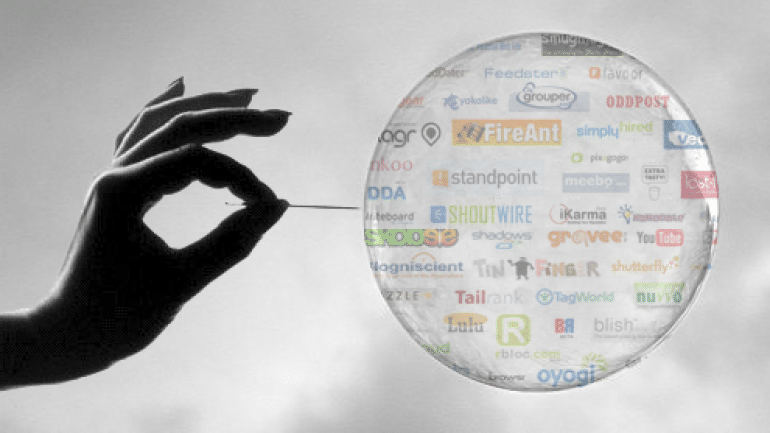The dot-com bubble was a rapid rise in U.S. technology stock equity valuations fueled by investments in Internet-based companies during the bull market in the late 1990s.
The value of equity markets grew exponentially during this period, with the technology-dominated Nasdaq index rising from under 1,000 to more than 5,000 between the years 1995 and 2000. Things started to change in 2000, and the bubble burst between 2001 and 2002 with equities entering a bear market.
Investopedia states that during the time, startups spent a fortune on marketing to establish brands that would set them apart from the competition. Some start-ups spent as much as 90% of their budget on advertising.
By 1999, 39% of all venture capital investments were going to Internet companies. That year, most of the 457 initial public offerings (IPOs) were related to Internet companies, followed by 91 in the first quarter of 2000 alone. The high-water mark was the AOL Time Warner megamerger in January 2000, which became the biggest merger failure in history.

The Dot-Com Bubble Crash
The dot-com bubble crash was a shock event that resulted in massive sell-offs of stocks, as demand waned and restrictions on venture financing increased the rate of the downturn. The crash also resulted in massive layoffs in the technology sector, as it was inevitable.
During the crash, many online shopping companies, such as Pets.com, Webvan, and Boo.com, as well as several communication companies, such as Worldcom, NorthPoint Communications, and Global Crossing, failed and shut down. Some companies that survived, such as Amazon.com and Qualcomm, lost large portions of their market capitalization, with Cisco Systems alone losing 86% of its stock value.
Why Did It Crash?
Companies that had yet to generate revenue, profits, and, in some cases, a finished product, went to market with IPOs that saw their stock prices triple and quadruple in one day, creating a feeding frenzy for investors.
The Nasdaq index peaked on March 10, 2000, at 5048—nearly double over the prior year. Several of the leading high-tech companies, such as Dell and Cisco, placed huge sell orders on their stocks when the market peaked, sparking panic selling among investors. Within a few weeks, the stock market lost 10% of its value.
As investment capital began to dry up, so did the lifeblood of cash-strapped dot-com companies. Dotcom companies that reached market capitalizations in the hundreds of millions of dollars became worthless within a matter of months. By the end of 2001, a majority of publicly-traded dot-com companies folded, and trillions of dollars of investment capital evaporated.












